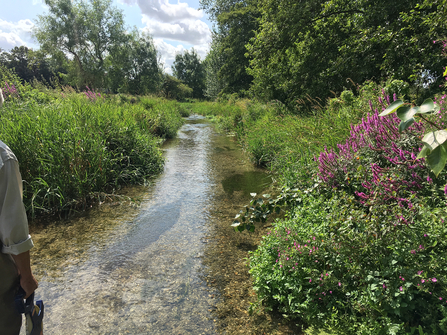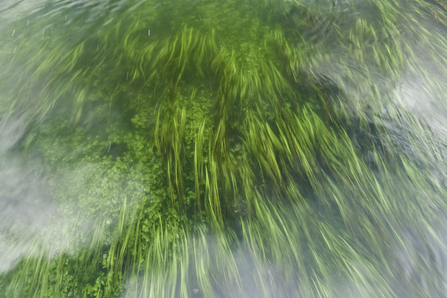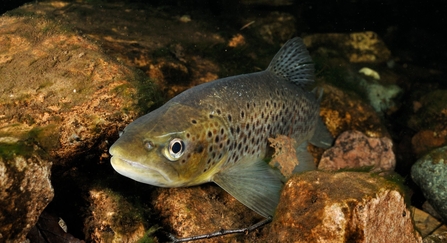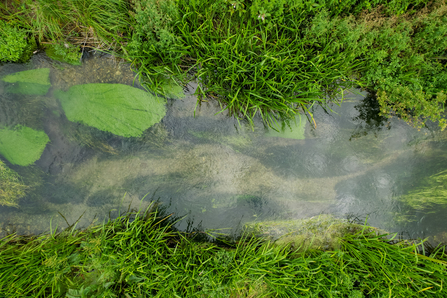The 'gin-clear' waters of our local chalk streams support many amazing species, from the kingfisher and the otter to the brown trout and the water vole. With only 210 of these streams found worldwide, it is crucial that we keep them in good condition. Yet while their immense value is widely accepted, how best to preserve them is the subject of great debate.
In the past, a more heavy-handed approach was the norm. Many prior generations viewed nature as something to be tamed or tidied, which invariably meant the frequent use of a hand scythe and later a range of powered machines. But this management style, even if well-intentioned, may be doing more harm than good. Could we, in trying to care for these vulnerable habitats, actually put them under greater pressure?
Much has been written about the ‘man‐made’ nature of our chalk streams, and it is true that they have been heavily modified over the centuries. If left entirely alone, they would look very different within a few short years. It is possible, however, to manage the streams in a way that makes them welcoming for wildlife, pleasant for people, and free to flourish on their own terms. Let’s take a look at how this can be done with minimum intervention.





